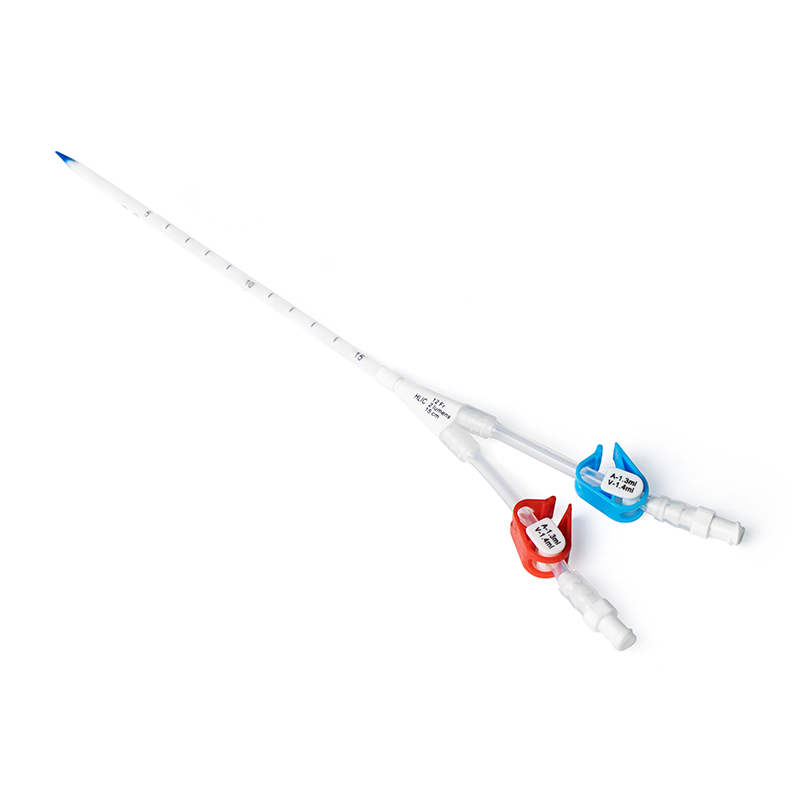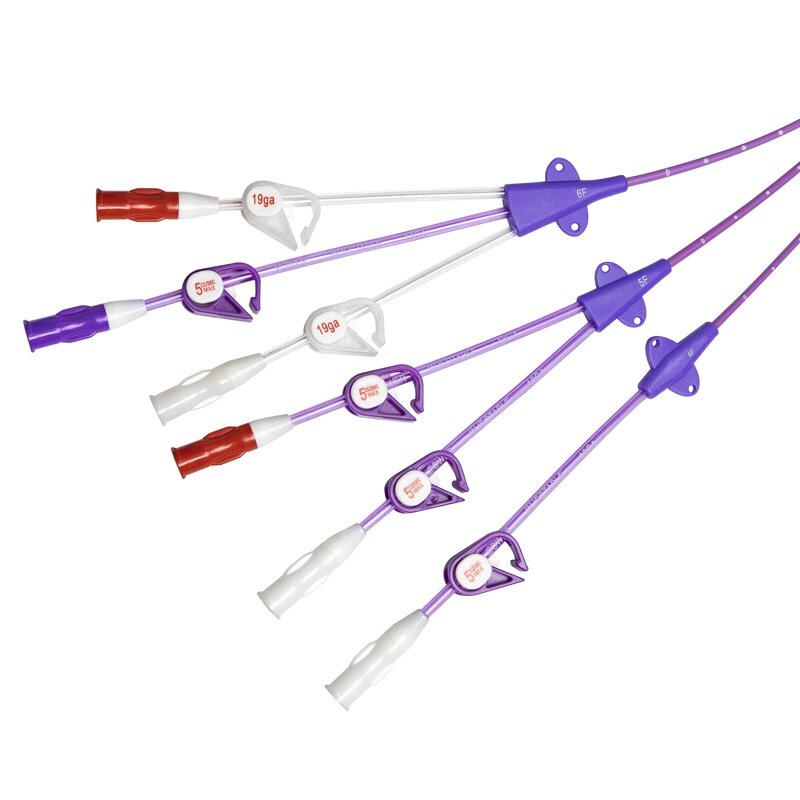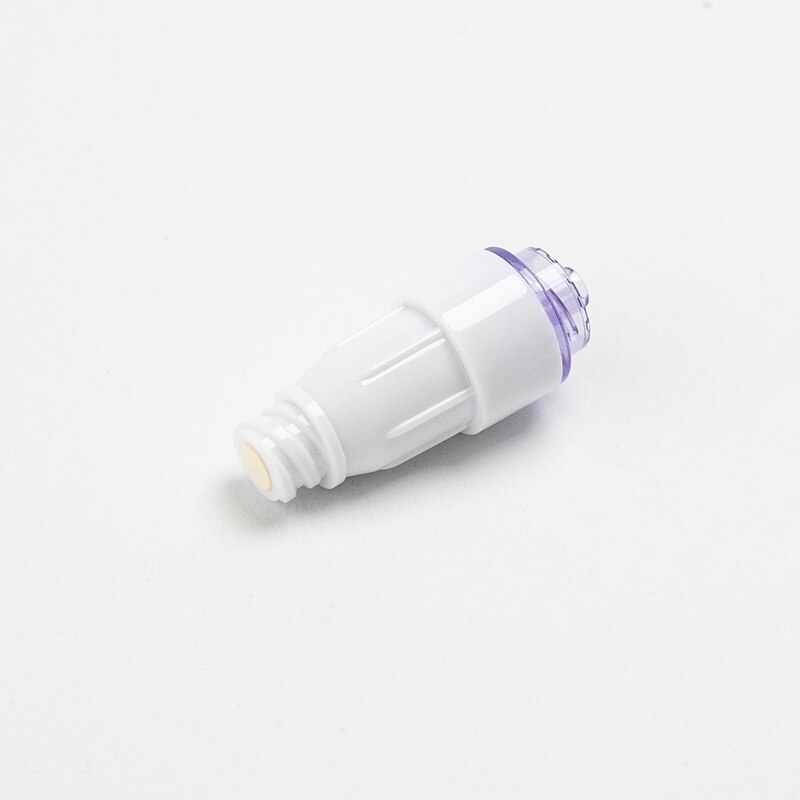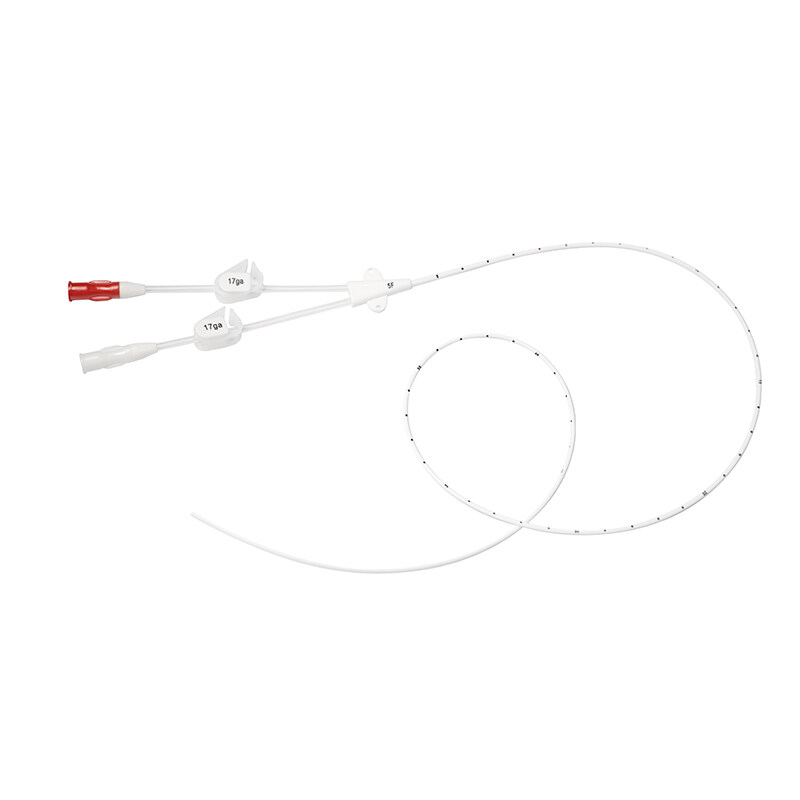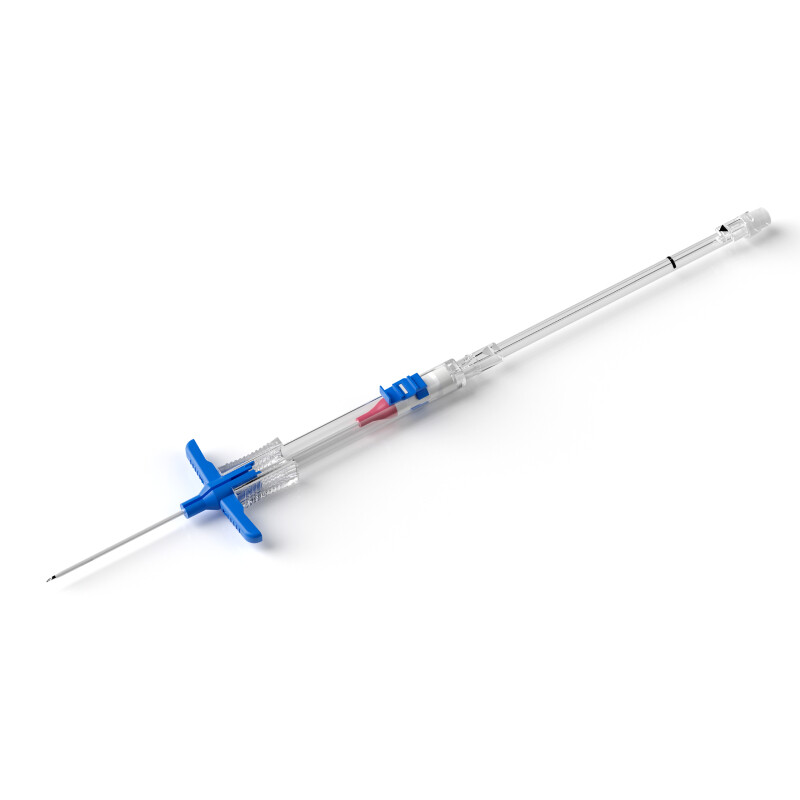The hemodialysis catheter kit typically includes all the necessary components for the insertion and maintenance of the catheter, including a catheter, a guidewire, a dilator, a sheath, and other tools necessary for the procedure. The kit is designed to provide physicians with all the necessary tools and equipment to safely and efficiently perform the hemodialysis catheter insertion procedure.
What Is a Hemodialysis Catheter Kit Used For?
Hemodialysis catheters are a type of vascular access used to remove and return blood during hemodialysis treatment. Hemodialysis catheters are commonly used in patients with acute kidney injury, chronic kidney disease, or end-stage renal disease who require dialysis.
Hemodialysis is a medical procedure used to remove waste products and excess fluids from the blood when the kidneys are not functioning properly. This procedure requires access to the bloodstream, which is typically achieved through a hemodialysis access catheter device.
Hemodialysis catheters are different from other types of vascular access, such as fistulas or grafts, which are surgically created connections between an artery and a vein. Temporary hemodialysis catheters are used when other types of vascular access are not available or cannot be used.
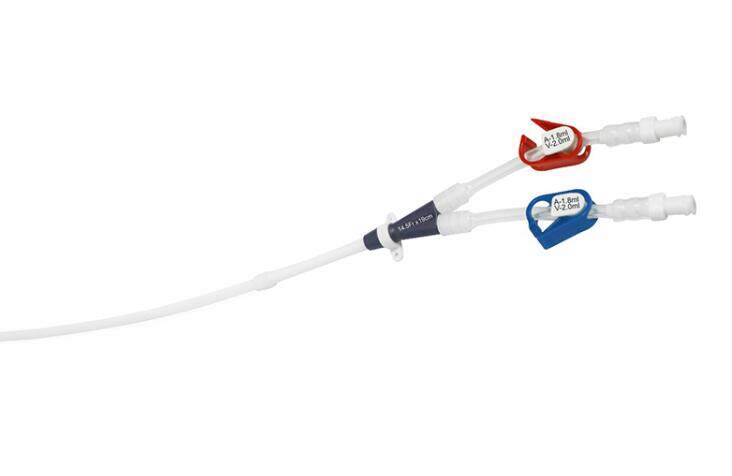
Hemodialysis Catheter
Hemodialysis Catheter Insertion & Hemodialysis Catheter Procedure
There are two different types of hemodialysis catheters: tunneled and non-tunneled. Non-tunneled catheters are inserted directly into a vein and are typically used for short-term access, such as in emergency situations. Tunneled hemodialysis catheters are inserted under the skin and are used for long-term access, often for several months or even years.
The hemodialysis catheter insertion procedure involves the insertion of a flexible tube into a vein, usually in the neck or groin. The catheter is then connected to the dialysis machine, which removes and returns blood during hemodialysis treatment.
It is important to follow proper infection control procedures and to monitor the catheter regularly for signs of hemodialysis catheter infection or malfunction.
Additionally, it is critical for healthcare professionals to receive proper training on the use of the hemodialysis catheter kit and the insertion procedure, which can help reduce the risk of complications and ensure that the catheter is functioning correctly.
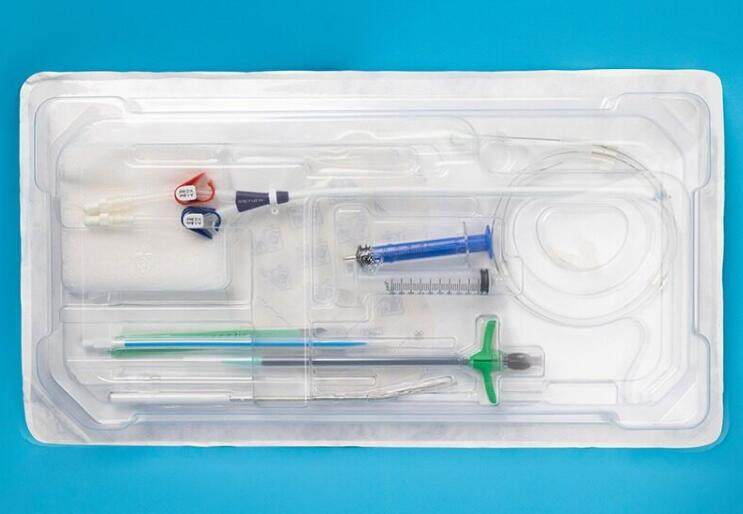
In a word, while hemodialysis catheters are associated with a higher risk of complications compared to other types of vascular access, hemodialysis catheter kits are often necessary when other options are not available or cannot be used.
Patients who require hemodialysis should discuss their options for vascular access with their healthcare provider to determine the most appropriate and safe approach for their needs.
Proper monitoring and hemodialysis catheter care can help reduce the risk of hemodialysis catheter complications and ensure that patients receive the best possible care during their hemodialysis treatment.
Last but not least, be sure to choose reliable hemodialysis catheter manufacturers and choose a high-quality hemodialysis catheter kit to reduce unnecessary troubles in the future.

